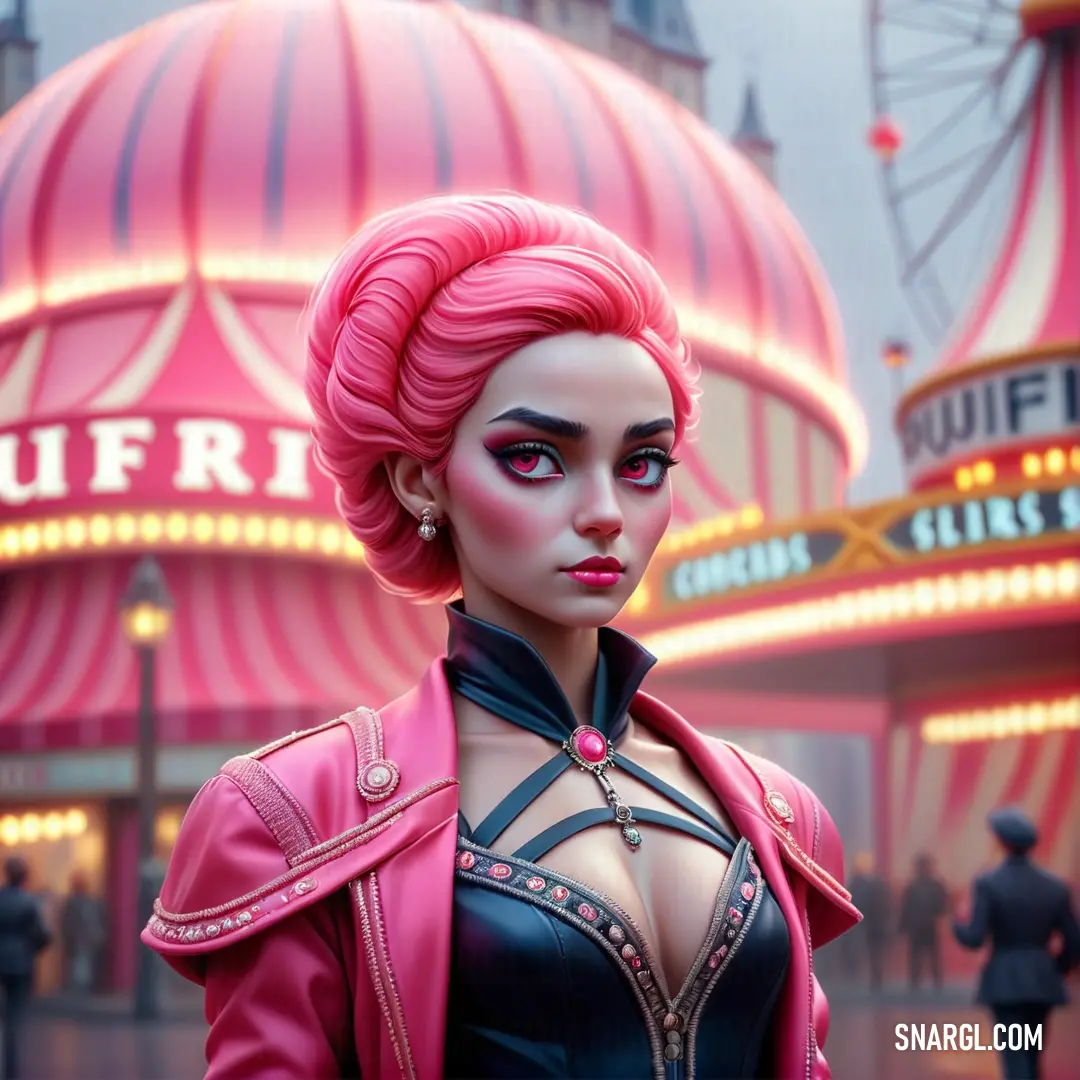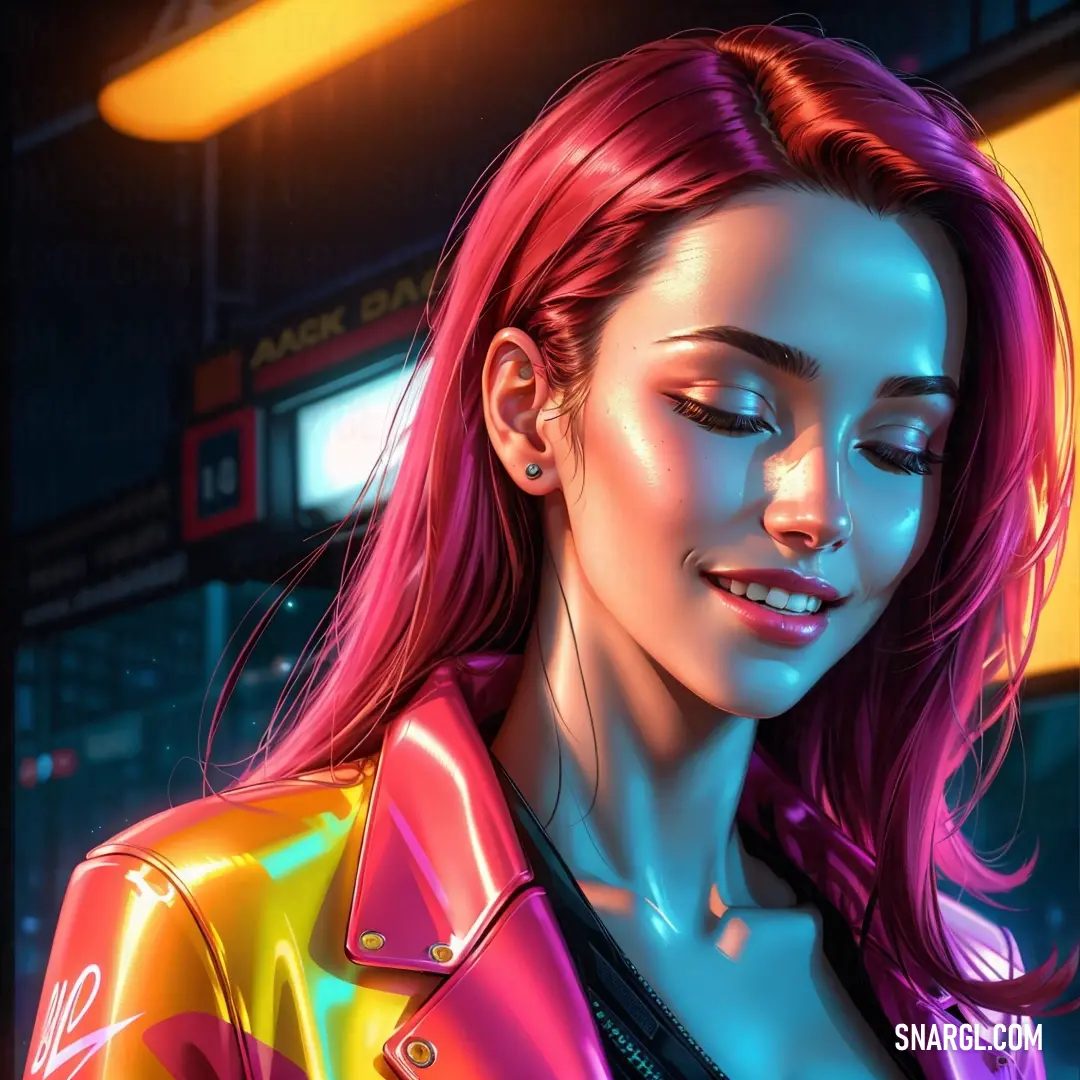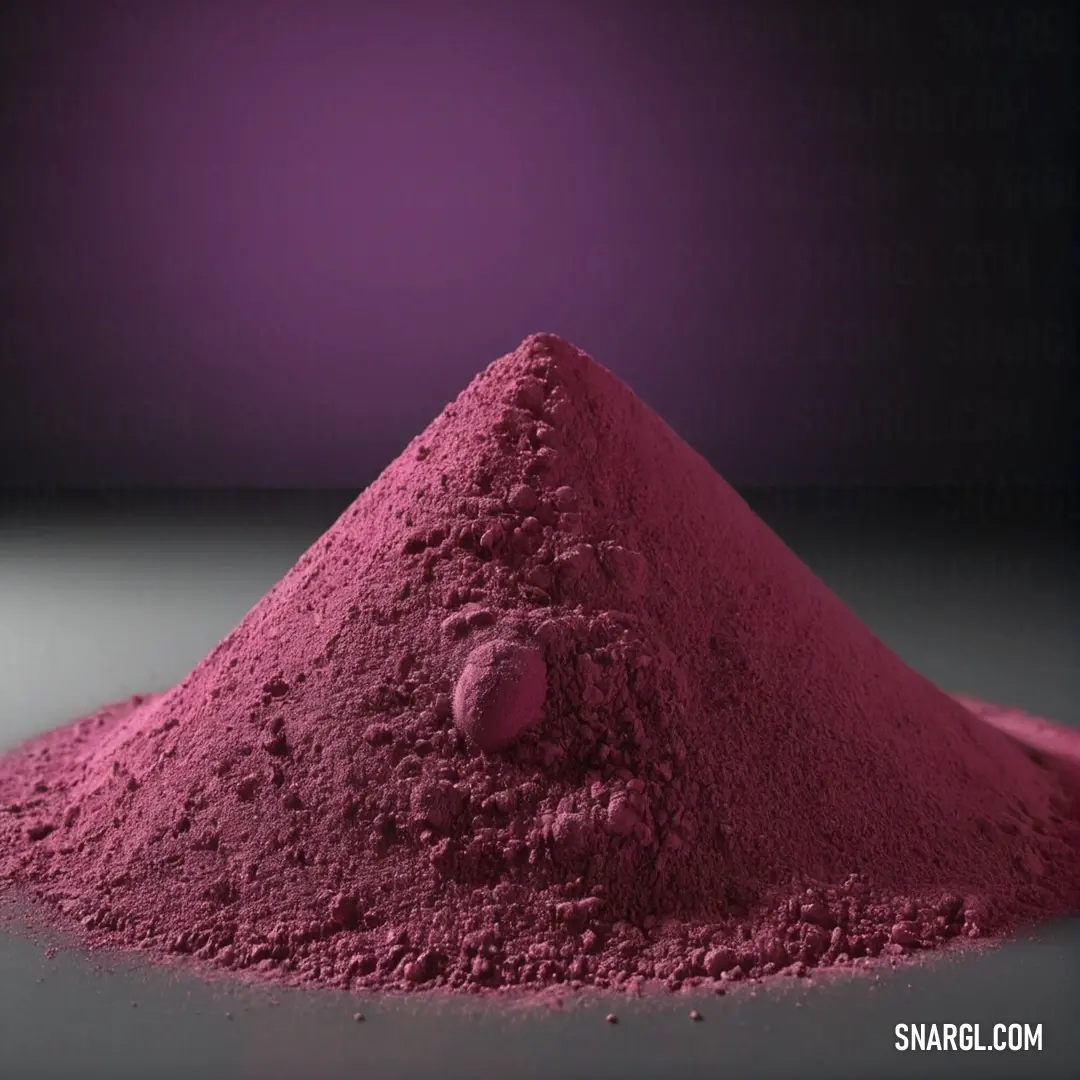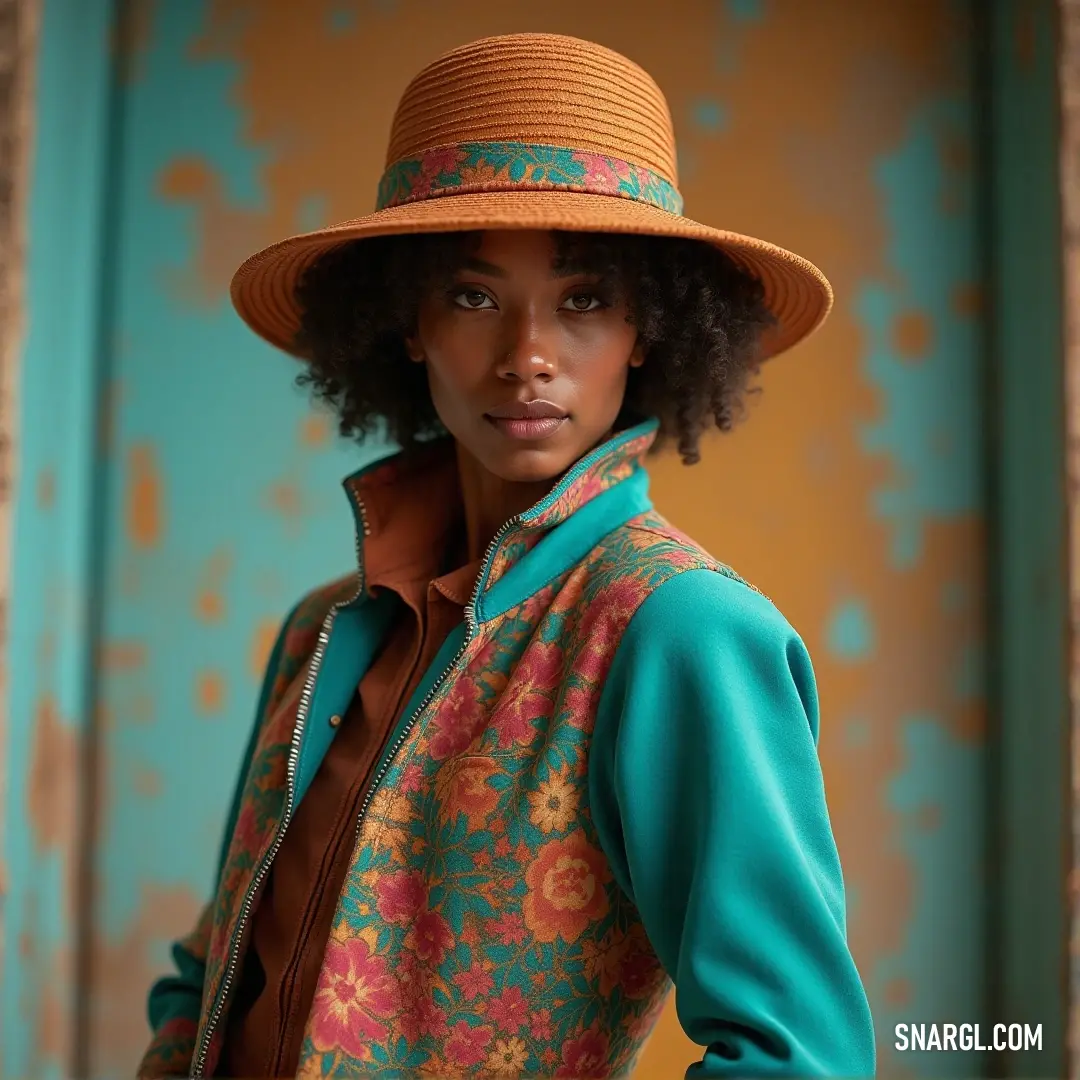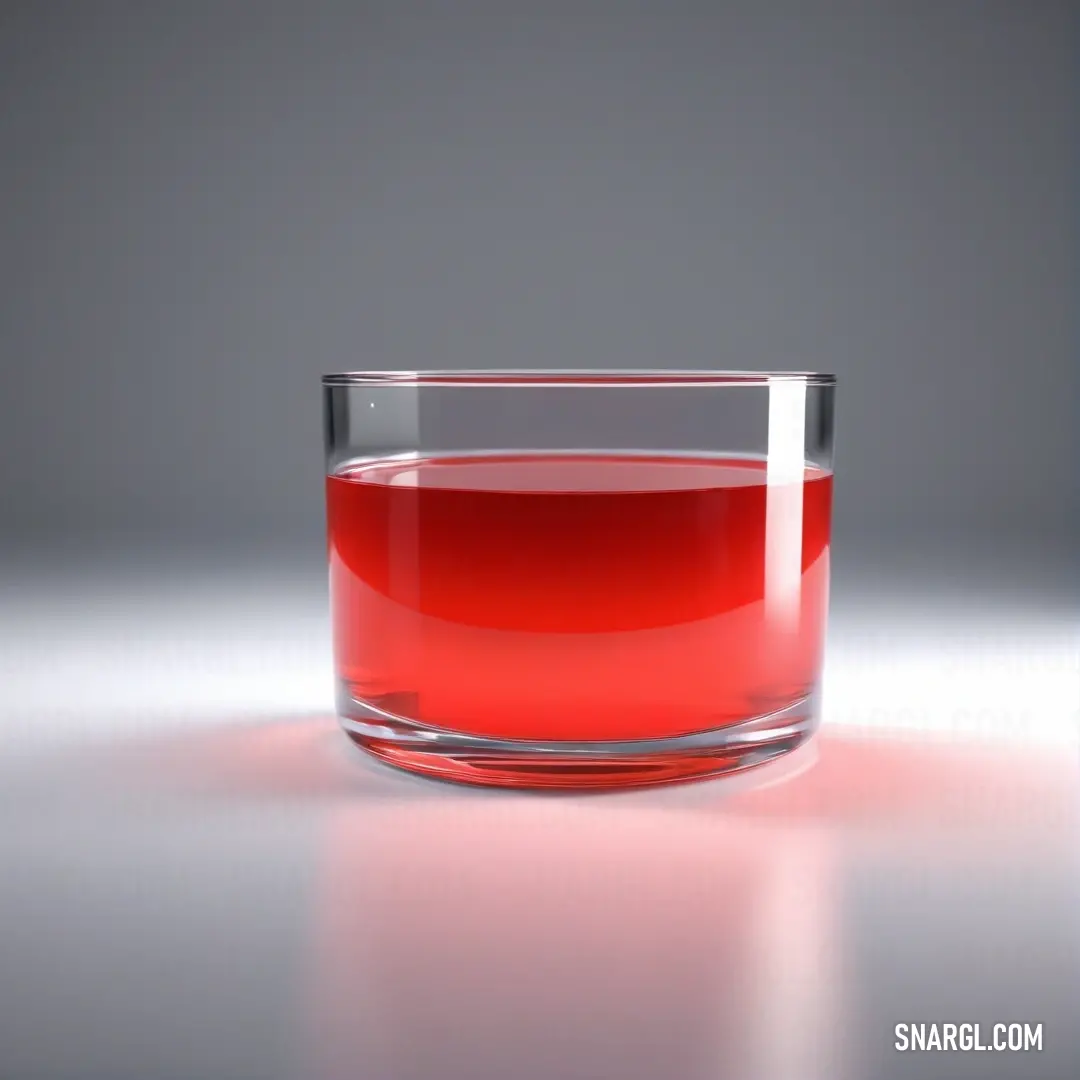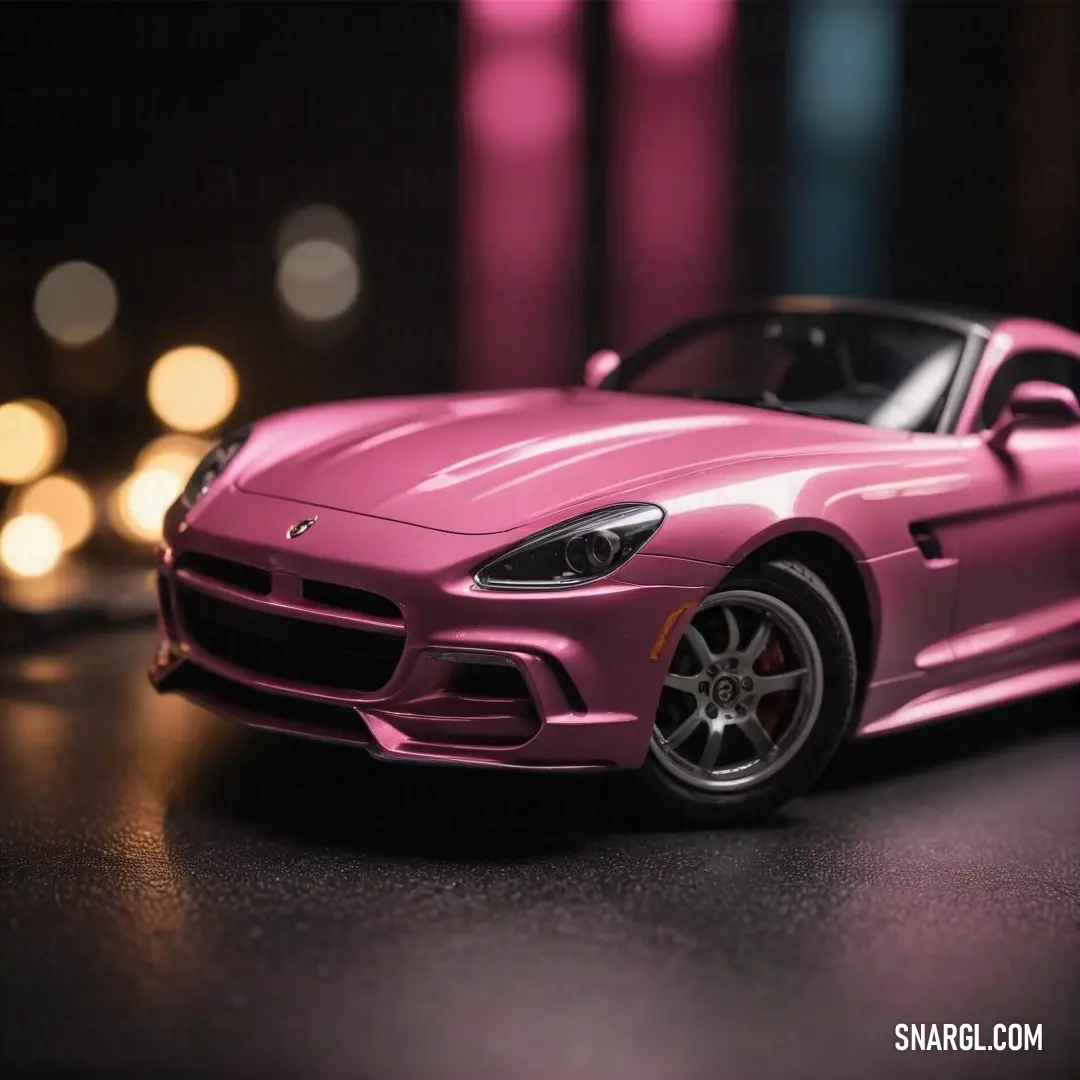Long time ago, far away, in the dazzling world of high fashion, where fabrics shimmer and trends flit like butterflies, one color was about to shake the industry to its very core. This was no ordinary hue - it was Pantone 198, a shade so vibrant it practically demanded attention. And the masterminds behind its revolution were none other than the eccentric Inventor Christian Yamamoto and the scholarly Professor Maximilian Goowanni.
Christian Yamamoto was known for his wild hair and even wilder ideas. His fashion lab, nestled in the heart of Paris, was a chaotic haven of textiles and gadgets. Christian had a penchant for bright colors and loud patterns, but none were as audacious as Pantone 198, a striking pink that seemed to vibrate with a life of its own. This color was not just a shade; it was a statement.
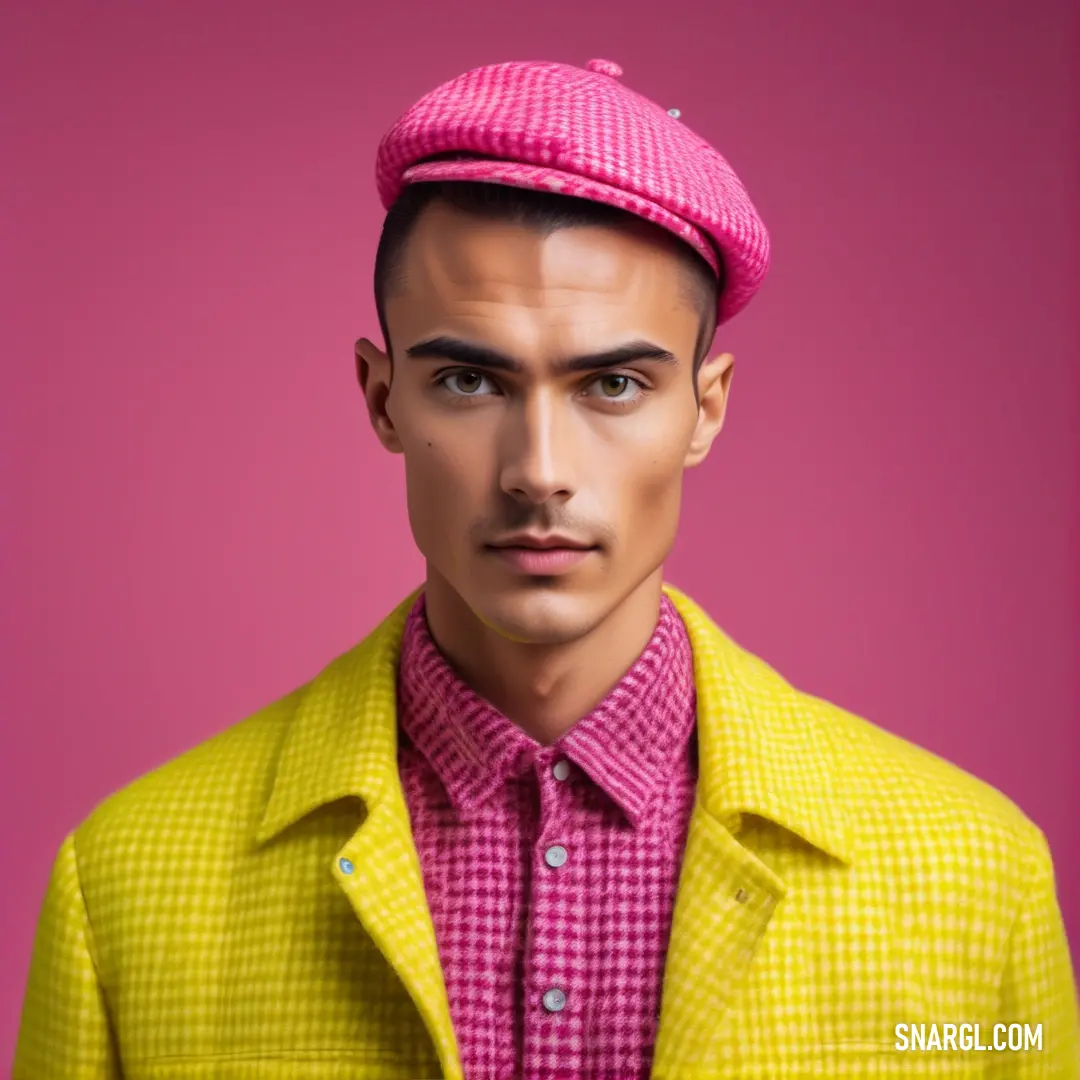
Colorful and confident: A man in a yellow jacket and pink shirt stands out with his playful yet bold look, adding a burst of vibrancy to the scene.
Professor Maximilian Goowanni, on the other hand, was the epitome of academic precision. His wardrobe consisted of tweed jackets and bow ties, his mustache always impeccably groomed. Despite his stern exterior, he harbored a deep appreciation for art and design, albeit through the lens of theory and analysis.
One day, Christian burst into the professor's austere office, waving a swatch of Pantone 198 like a flag of victory. "Maximilian! We’ve got to revolutionize the fashion world with this color!" he declared, his eyes alight with manic enthusiasm.
Professor Goowanni peered over his glasses, intrigued but skeptical. "Christian, you know I appreciate your creativity, but what makes this color so special?"
Christian’s eyes sparkled. "Pantone 198 isn’t just a color. It’s a sensation! Imagine it in haute couture - everywhere, from gowns to accessories. It’s the color of modernity, audacity, and rebellion!"
Maximilian stroked his mustache thoughtfully. "Very well, but how will we convince the fashion elite?"
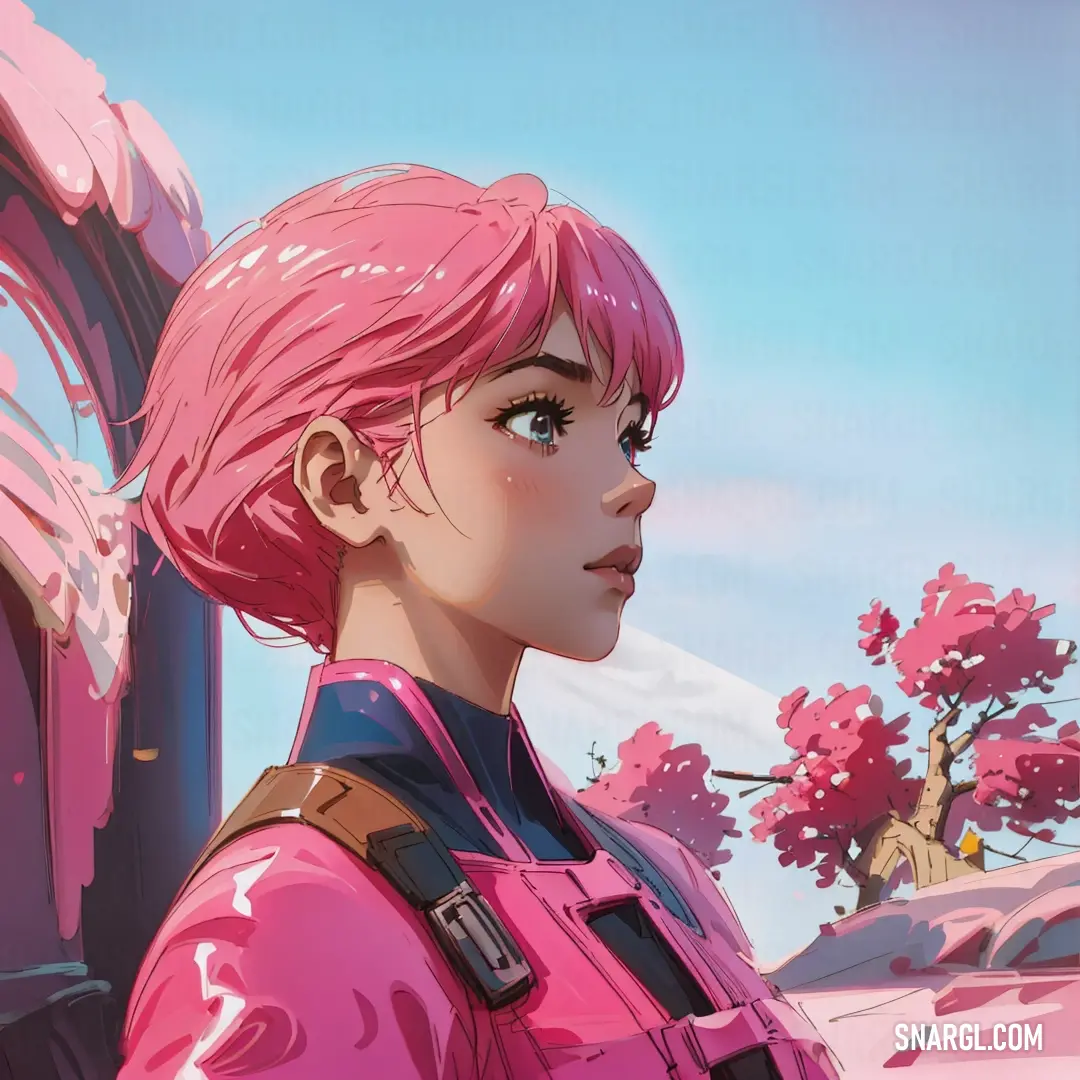
Serene and stylish: A woman with pink hair in a matching pink jacket stands in harmony with the natural world, her peaceful presence blending beautifully with the surroundings.
Christian’s grin widened. "Leave that to me!"
Thus began the grand experiment. Christian and Maximilian teamed up to design a collection featuring Pantone 198. Their strategy was unorthodox: they hosted a grand fashion show at the Louvre, right in the middle of the Mona Lisa exhibit. The show was staged under the famous painting, with models gliding down the runway in striking Pantone 198 garments. The setting was both a daring juxtaposition and a stroke of genius.
The fashion elite were initially taken aback. "How could anyone overshadow the Mona Lisa?" murmured a prominent critic. But as the models twirled and posed, Pantone 198 began to captivate the audience. The color seemed to dance with its own energy, pulling attention away from the usual shades of black and beige.
In a twist that no one anticipated, Mona Lisa herself seemed to smile a bit wider. The contrast between the historic and the contemporary created a spectacle that was impossible to ignore.
The revolution was a runaway success. Pantone 198 was declared the color of the year, and Christian and Maximilian were hailed as visionaries. Their show had not only spotlighted a new color but had also redefined how color could be used in high fashion.

A glowing pink and green object rests on a dark, reflective surface, its soft pink light creating an otherworldly aura in the scene.
The duo’s success led to a series of collaborations and innovations in the industry. Designers everywhere were inspired to experiment with bold colors, and Pantone 198 became a symbol of creative freedom and audacity.
Christian Yamamoto and Maximilian Goowanni continued to push boundaries, always looking for the next big thing. Their partnership was a testament to how seemingly simple ideas, when combined with passion and ingenuity, could change the world.
And so, in the annals of fashion history, Pantone 198 was not just a color; it was a revolution, masterminded by two unlikely heroes who saw the world not in shades of gray but in vibrant, audacious hues.


